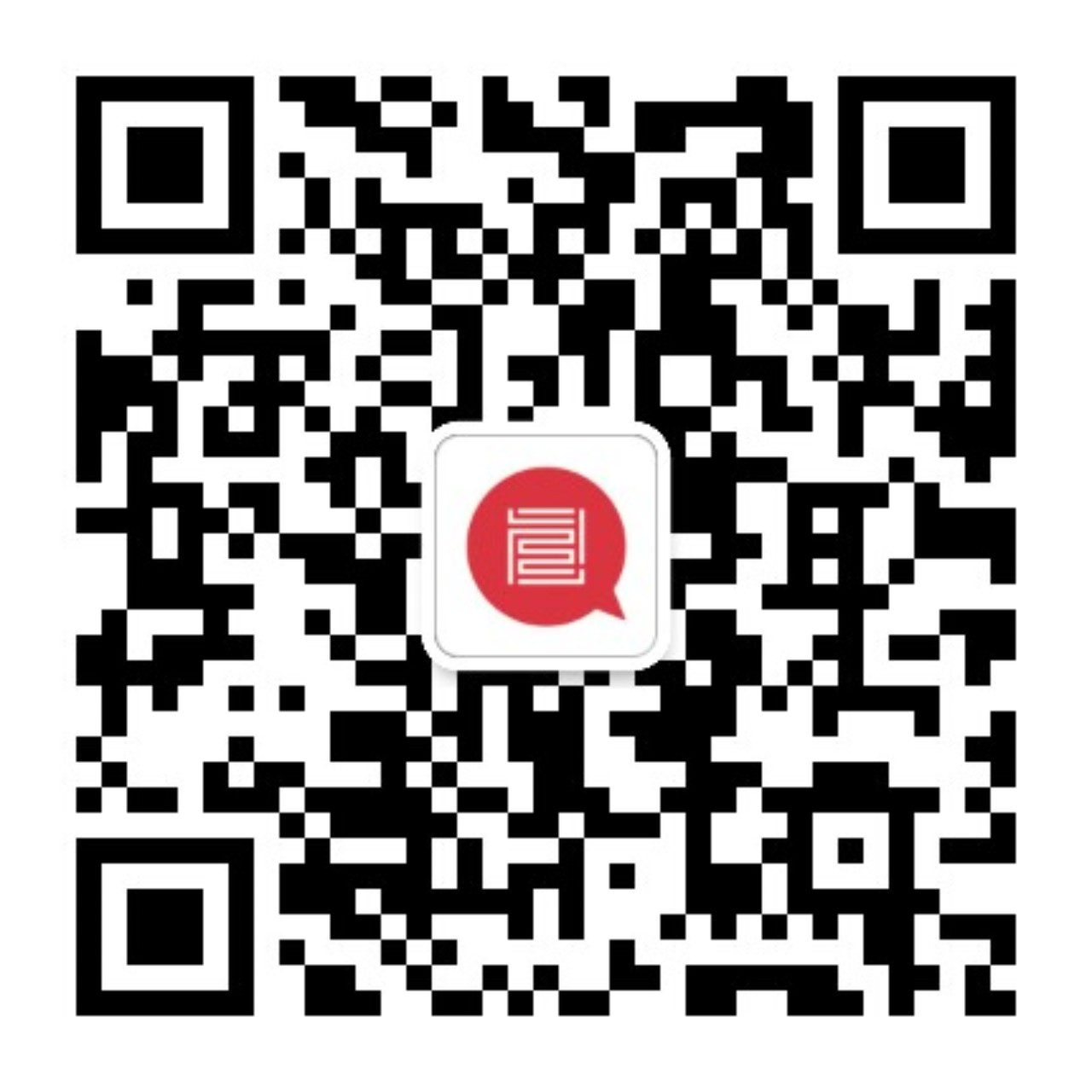

展期:2022年01月15日 - 2022年04月24日
艺术家:雷维托·科恩与图尔·范·巴伦、 西蒙·丹尼、 Fabric | ch建筑事务所、法证建筑、哈伦·法罗基 、尼古拉斯·拉马斯、琳恩·赫什曼·李森、陆扬、林博彦、大卫·奥赖利、帕奎硬件、乔恩·拉夫曼、黑特·史德耶尔、施政、郑锦衡
策展人:付了了
策展助理:孙明东、李心仪
地址:昊美术馆(上海)一楼,上海市浦东新区祖冲之路2277弄1号
主办:昊美术馆
首席赞助:APENFT基金会
昊美术馆荣幸地宣布,将于2022年1月15日呈现展览“皮肤之下,机器之间”。
“人只是在其表面称之为人,去掉皮肤解析,人瞬间成为机器。”当保罗·瓦莱里在100年前写下这句话的时候,可能还不能完全肯定今天的人类——这一生物有机体,在高度信息化的时空中,已被深度地纳入机器之中,或恰如马克思所预言的那样,成为机器中“一个有意识的连接”[ 卡尔·马克思, “机器絮语”,《政治经济学批判大纲》]。尽管在今天,机器不仅以物质的形式出现,更化身为数据、算法、编码等一切可操作、可计算、可思考之物,但人机之间的关系自关于机器人的构想诞生至今仍一直缠绕在人们对于过去、现今、未来的想象、憧憬与恐惧中。
机器从某种角度来说是人类对自身的投射,人类将关于奴役与自由的观念应用于这种新关系——即与代替人类作为技术个体或工具载体的机器之间的关系。与机器的“具身化”相反(或可以说实则相似)的是,人或有机物正在走向去身体化。与此同时,人类所创造的社会系统也从未停下其吸纳新技术的进程,而所谓“新”的技术在试错的过程中,其差异性和偶然性亦被系统所吸纳,使得“每个意外、每次冲动每个错误(对系统来说)都是生产性的”[ 尼克拉斯·卢曼,《社会系统》],成为了可预期、可计算之物。在此系统下,差异被混淆和抹去了,但不同领域之间却因专业技术的复杂性变得孤立和不可交流。
正因如此,技术在今天高度中心化、同质化,也更加精密化,它深度地进入了每一个人的皮肤之下,却并不真正可知、可感、可思。在此语境下,作为身处中国最重要的科技园区——张江高新技术产业开发区的艺术机构,昊美术馆希望借由展览“皮肤之下,机器之间” 提供一个开放而非闭合的场域,邀请公众进入其间共同提问:我们如何触摸机器?机器何以思考我们?在与机器的关系中,我们应该将自身实践放置在何种位置?从这些问题出发,展览呈现艺术家雷维托·科恩与图尔·范·巴伦、 西蒙·丹尼、法证建筑、哈伦·法罗基 、尼古拉斯·拉马斯、琳恩·赫什曼·李森、陆扬、林博彦、大卫·奥赖利、帕奎硬件、乔恩·拉夫曼、黑特·史德耶尔、施政、郑锦衡的作品,同设置一个在展览过程中持续发展的“论坛装置”, 由建筑事务所Fabric | ch为展览特别创作,试图借此在紧密地交流中,连接不同领域的工作者和每一位参与者,触发差异性的对话与质询。

关于昊美术馆
关于APENFT基金会


Duration:January. 15th- April. 24th, 2022
Artists:Forensic Architecture, Revital Cohen & Tuur Van Balen, Simon Denny, Fabric | ch, Harun Farocki, Geumhyung Jeong, Nicolás Lamas, Lynn Hershman Leeson, Lu Yang, Lam Pok Yin, David OReilly, Pakui Hardware, Jon Rafman, Hito Steyerl, Shi Zheng
Curator:Fu Liaoliao
Curatorial Assistants:Sun Mingdong、Li Xinyi
Venue:F1, HOW Art Museum (Shanghai), #2277 Zuchongzhi Rd., Pudong, Shanghai
Organizer:HOW Art Museum
Lead Sponsor:APENFT Foundation
HOW Art Museum is pleased to announce that the exhibition Beneath the Skin, Between the Machines will be on view from January 15th , 2022.
“Man is only man at the surface. Remove the skin, dissect, and immediately you come to machinery.” When Paul Valéry wrote this down a century ago, he might not foresee that human beings – a biological organism – would indeed be incorporated into machinery at such a profound level in a highly informationized time and space. In a sense, it is just as what Marx predicted: a conscious connection of machine[ Karl Marx, “Fragment on Machines”, Foundations of a Critique of Political Economy]. Today, machine exists not only as a material form but also in the forms of data, algorithm and coding – virtually everything that is operable, calculable and thinkable. Ever since the idea of cyborg emerges, the relation between man and machine has always been intertwined with our imagination, vision and fear of the past, present and future.
In a sense, machine represents a projection of human beings. We transfer ideas of slavery and freedom to other beings, namely a machine that could replace human beings as technical entities or tools. Opposite (and similar, in a sense,) to the “embodiment” of machine, organic beings such as human beings are hurrying to move towards “disembodiment”. In the meantime, the social system that human beings have created never stops absorbing new technologies. During the process of trial and error, the difference and fortuity accompanying the “new” are taken in and internalized by the system. “Every accident, every impulse, every error is productive (of the social system),”[ Niklas Luhmann, Social Systems] and hence is predictable and calculable. Within such a system, differences are obfuscated and erased, but meanwhile all the different disciplines/fields are becoming increasingly isolated, and interdisciplinary communication, almost impossible.
As a result, technologies today are highly centralized and highly sophisticated. They penetrate deeply into our skin, but beyond knowing, sensing and thinking. Under such a context, as an art institute located at Shanhgai Zhangjiang Hi-Tech Industrial Development Zone, one of the most important hi-tech parks in China, HOW Art Museum intends to carve out an open rather than enclosed field through Beneath the Skin, Between the Machines, inviting the public to immerse themselves and ponder upon the questions such as “How people touch machines?”, “What the machines think of us?” and “Where to position ourselves in the relation with the machines?” Departing from these issues, the exhibition presents the works of Forensic Architecture, Revital Cohen & Tuur Van Balen, Simon Denny, Harun Farocki, Pakui Hardware, Geumhyung Jeong, Nicolás Lamas, Lynn Hershman Leeson, Lu Yang, Lam Pok Yin, David OReilly, Jon Rafman, Hito Steyerl and Shi Zheng. In the meantime, it intends to set up a “panel installation”, created by Fabric | ch, fostering in-depth and insightful communication to build connections among practitioners from different fields and the audiences, inspiring more dialogues and reflection on the topic of difference.






📌暗号:进群







即将展出 Upcoming




已展示全部
更多功能等你开启...






 分享
分享